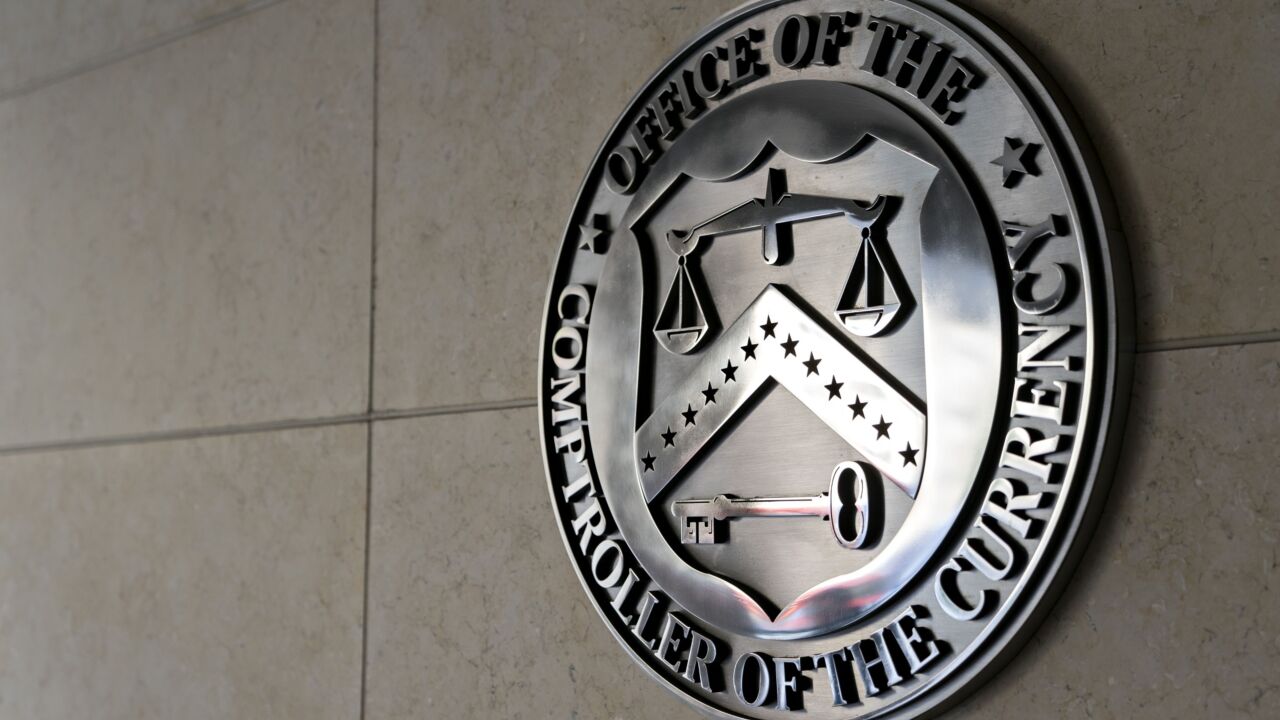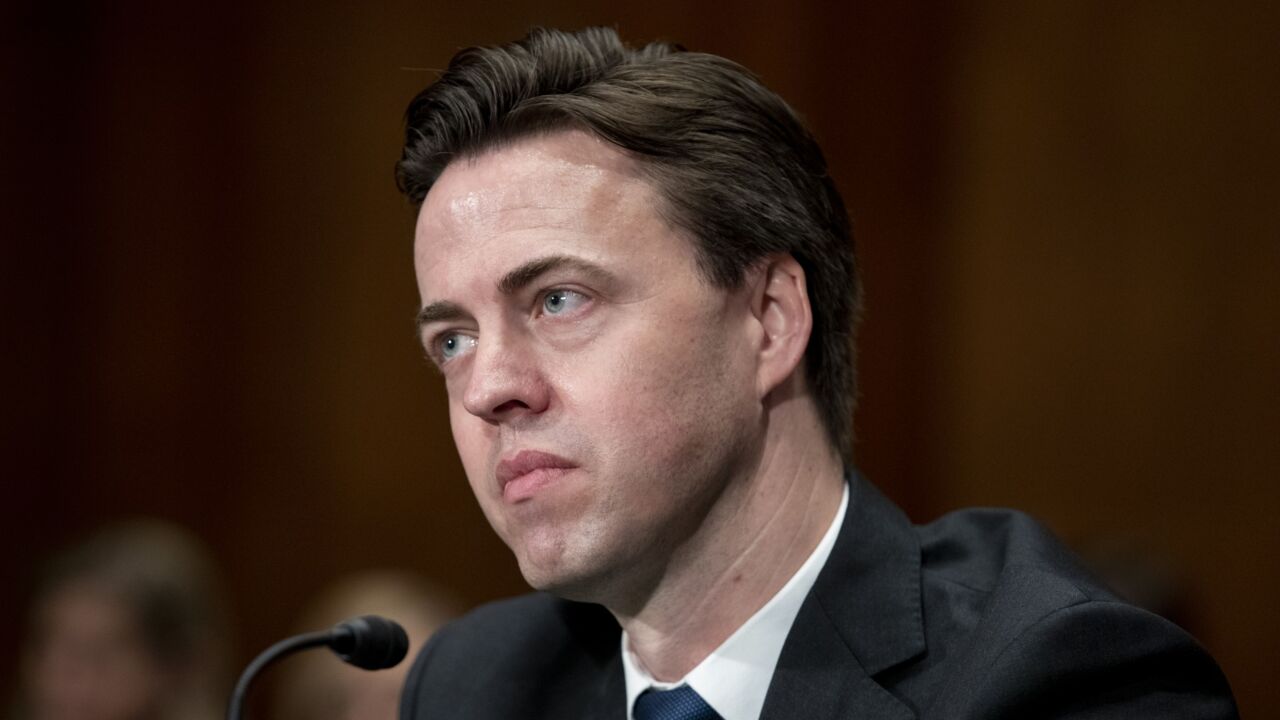In the battle that’s raged over the last two years to win top-of-wallet status among
The fallout has been mixed since JPMorgan Chase & Co. set off the current cycle in 2016 with the Sapphire Reserve card that offered an unprecedented 100,000 point sign-up bonus that customers could redeem for up to $1,500 worth of travel. Rivals including American Express reacted by upping the bounties on their own program, but evidence is lacking that richer rewards drive greater loyalty — especially among big spenders.
“It appears a lot of consumers at the top end have been cherry-picking these programs to maximize rewards,” said Craig Maurer, a partner in payments and financial technology at Autonomous Research, in a keynote presentation at SourceMedia’s Card Forum held recently in Miami.

He noted that Chase last year reportedly
Prevailing marketing trends for premium rewards cards almost encourage consumers to harvest introductory benefits and move on to the next card, according to Brian Riley, director of credit cards at Mercator Advisory Group, who discussed premium credit cards in a separate presentation at the conference.
For example, many travel rewards card issuers reimburse users for the Global Entry or TSA Pre application fees ($100 and $85 respectively). But because those fees typically aren’t due again for five years, the customer is at risk of wandering to another program with different benefits, according to Riley.
“Free access to Global Entry might get someone to sign up for a new card, but that perk doesn’t do the issuer any good during the second year of the relationship,” Riley said.
The current attrition rate in the premium credit cards sector is about 15%, which means about 66 million accounts are turning over annually, he said.
“When you throw in the big bonus rewards and incentives most issuers are giving away to win these customers, it’s very expensive—profits are unsustainable at these levels,” Riley said.
Two issuers,
“B of A boosts rewards for its premium card based on deposits customers have with the bank, giving customers different multipliers based on how much is in the accounts—that’s a good way to drive a long-term relationship,” Riley said.
Barclays bucked tradition last month when it introduced the Arrival Premier World Elite Mastercard, which eschews a one-time rewards sign-up bonus. Instead, customers may earn a “loyalty bonus” of up to 25,000 annually in addition to unlimited double miles on every purchase, every year. Arrival’s annual fee is $150.
“Barclays appears to have a well thought-out strategy with the Arrival card, because there’s less of an incentive to get in on the card just for the initial signing bonus,” he said.
Outside of the premium rewards category, competition is still very strong among cobranded card issuers and turnover among successful partners is low, Riley said.
That’s why it’s interesting that Goldman Sachs this month decided to get into the game with a cobranded card it’s reportedly
“Goldman Sachs getting into this is a bit of a surprise because the firm lacks experience in credit cards and loyalty, and they’re getting into a market with plenty of options,” Riley said.
Barclays has a deep stable of cobranded card programs, including partnerships with American Airlines, JetBlue, Hawaiian Airlines, Carnival, Uber, Priceline and Barnes & Noble, among others.
“This had to be a pricing issue,” Riley said of Barclays’ upcoming split with Apple.





